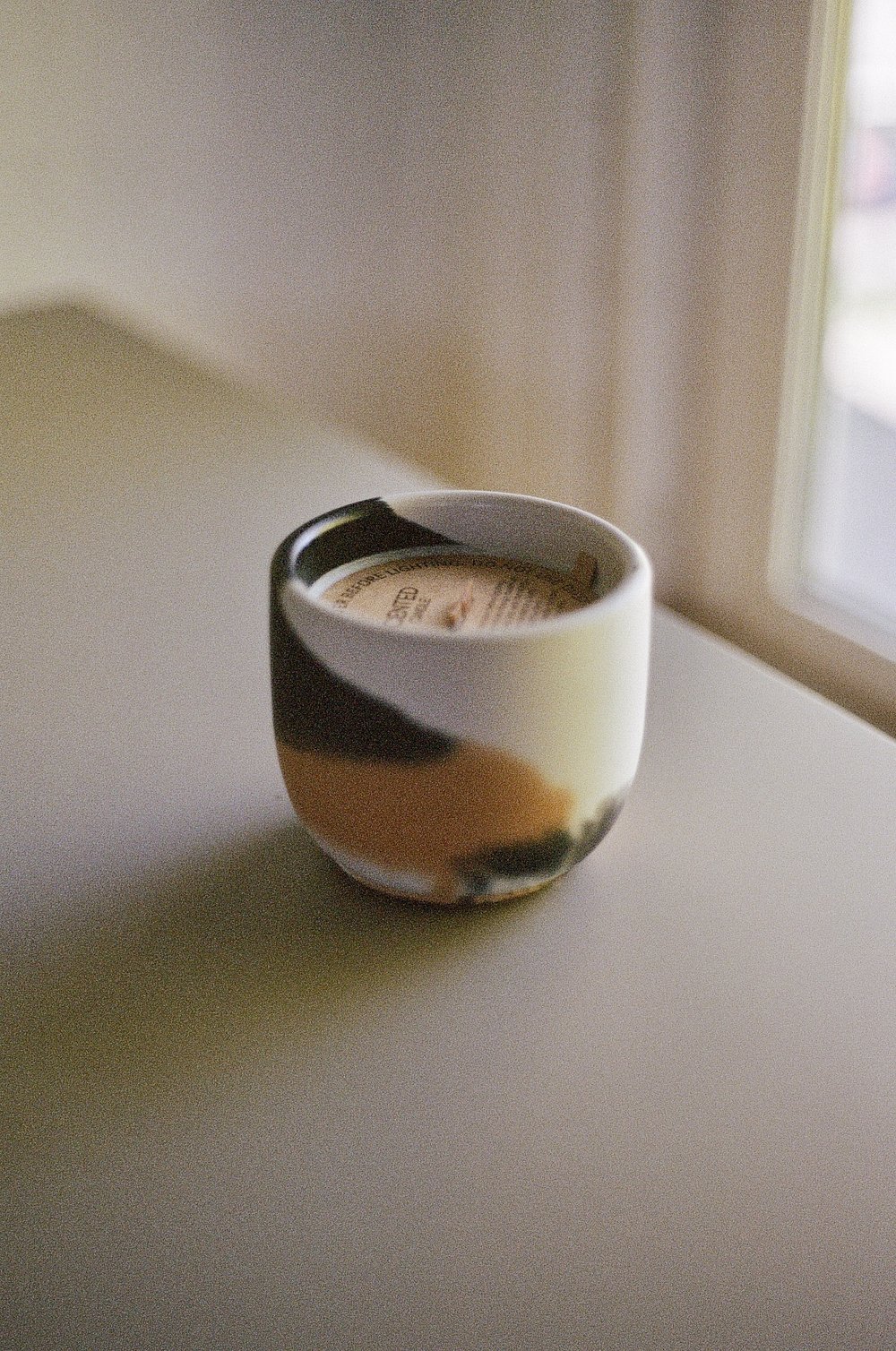The long process of Vessel Making
As many of you are aware, I not only craft candles, but I also handcraft the vessels they come in, such as jars and containers. The decision to create my own vessels stemmed from the escalating costs of purchasing them, coupled with the prolonged wait times for stock availability. Thus, around April 2022, So I dedicated over 100 hours (and counting) to researching the intricacies of working with cement: from understanding the necessary protective gear – gloves included – to mastering the cement-to-water ratio, and determining the optimal timing for adding wax. It's been quite the journey, delving into these details.
Here is a peak at the first containers I’ve ever made after teaching myself:
Not too shabby for being self-taught, huh? Har har! Now, let's fast forward to 2024. Alongside producing a plethora of candles, I'm still handcrafting vessels - first. As you might imagine, this initial step adds significant time to the candle-making process. Allow me to break down the vessel crafting process for you, so you can appreciate why it's a time-intensive endeavor🕯️:
• I craft the concrete vessels.
• After 3 hours, I de-mould the vessels.
• Following 3 days, I proceed to seal the concrete vessel. This step is crucial as concrete is highly porous. By sealing the vessel, I establish a barrier that prevents wax from seeping into the concrete, thus averting potential leaks. But most importantly, know that sealing the vessel helps to minimize the risk of any flammable substances. This reduces the likelihood of fire hazards.
• Finally, 1 week after sealing, I commence the candle-making process.
Now that you have an understanding of my vessel making process, let's delve into the candle-making steps🕯️:
• I wick the freshly-made vessels.
• Next, I heat up the wax to 185°F.
• Then, I pour the wax into the vessel at a cooler temperature, around 135°F.
• Typically, I allow the candle to sit overnight before trimming the wick.
• Following this, the candle undergoes a curing process for 1-2 weeks. During this time, the fragrance fully integrates with the wax, resulting in a robust and consistent scent throw when the candle is ignited. Curing also facilitates the wax to set and harden completely, ensuring an even and steady burn. Additionally, it aids in preventing tunneling and promotes a clean and efficient burn throughout the candle's lifespan.
Updating social media and showcasing my work has been quite challenging. To address this, I'm planning to establish a schedule to ensure more consistency. Hopefully, you've gained some new insights today with the process :)




